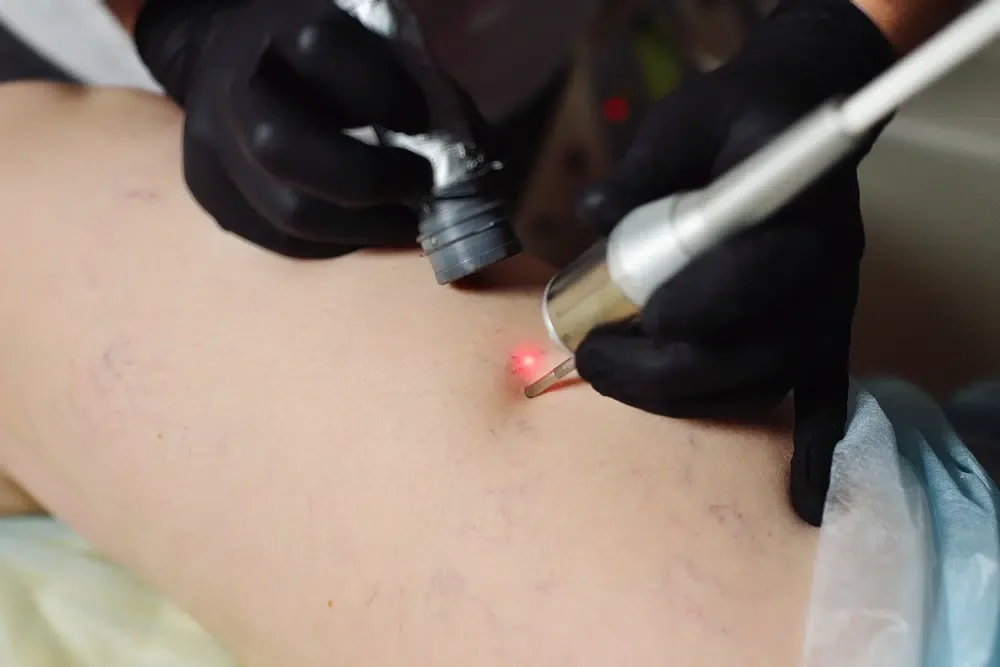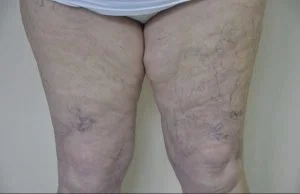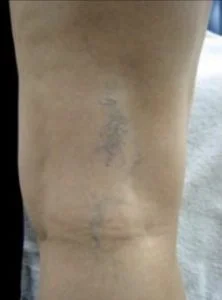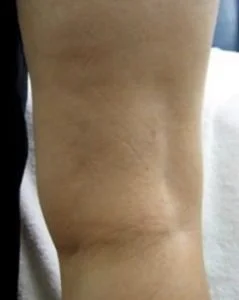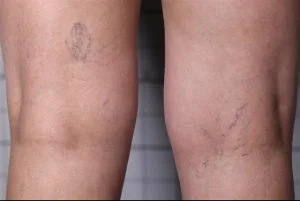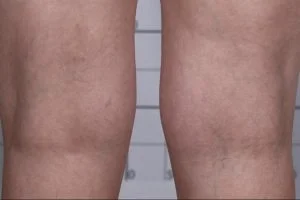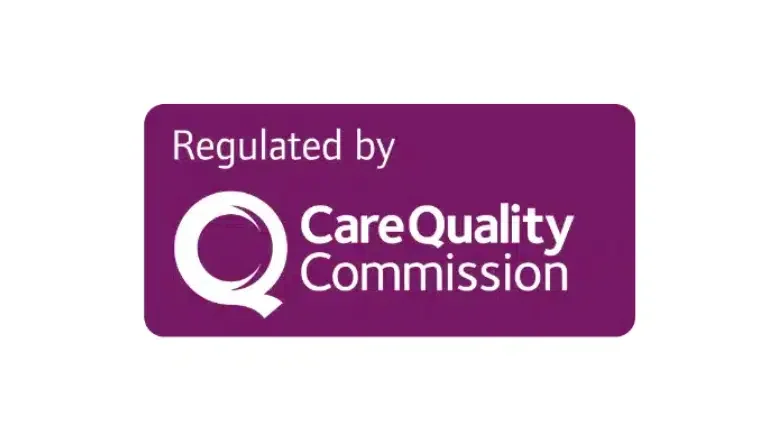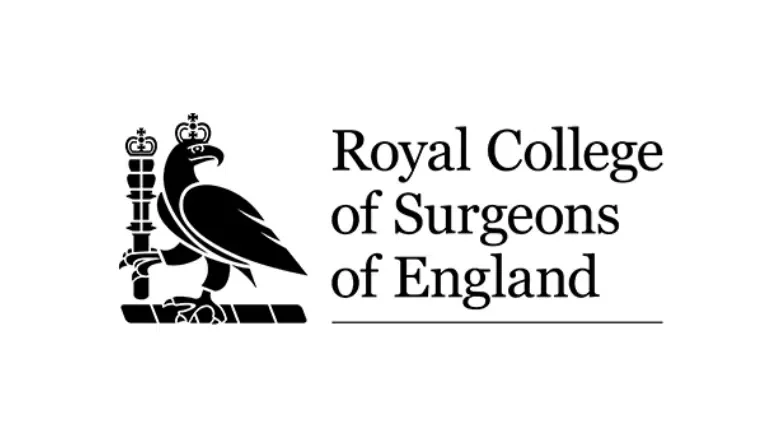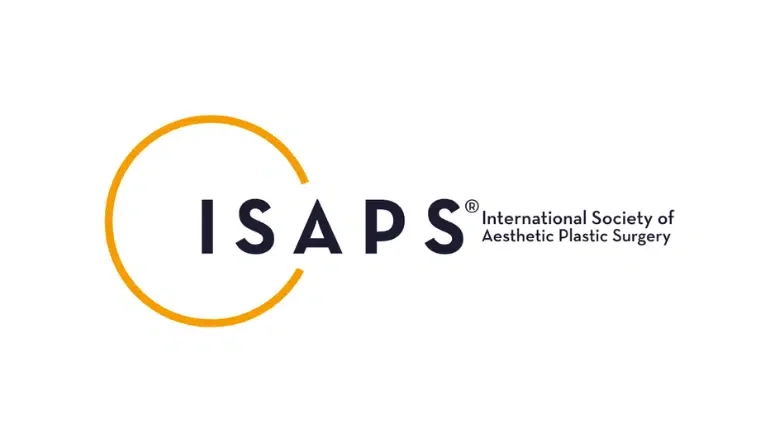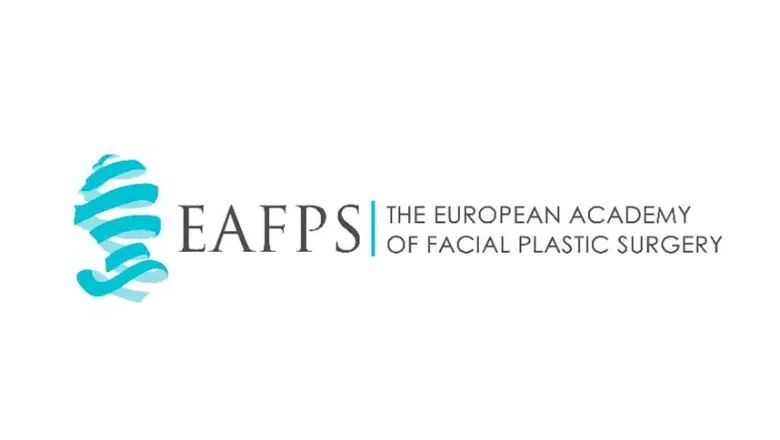Laser Thread Vein Removal in London
Laser thread vein removal is a commonly performed treatment for leg veins that are not suitable for microsclerotherapy. Although the most effective treatment for the removal of thread veins is microsclerotherapy, there are a number of patients who are not appropriate for this treatment or may even be potentially harmful. Microsclerotherapy cannot be used for facial thread veins because of the potential risk of sclerosant blocking off blood vessels connected to the eyes or brain. Extremely small thread veins on the legs will be inaccessible to the needles used for microsclerotherapy, and the only option for effective treatment is a laser.
Laser thread vein removal before and after
Case 1:
Case 2:
Case 3:
Potential risks and complications of laser thread vein removal
- Post-inflammatory hyperpigmentation. PIH is the most common complication after laser vein removal but in the vast majority of cases, it settles within a few months provided the legs are kept out of sunlight. The risk of PIH can reduced by wearing well fitting compression stockings continuously for the first 3 days following treatment.
- New vessel formation or matting. This complication develops when the body reacts to leg vein destruction by forming new smaller veins in the vicinity of treatment. These new, smaller veins often settle and disappear without active treatment after a few months. Persistent small veins can be efficiently removed with a long pulse Nd:YAG laser.
- Skin breakdown/ulceration. This is a rare complication of microsclerotherapy but does not occur with laser treatment. Ulceration occurs when the sclerotherapy liquid enters a small artery and not a vein. This occurs more commonly at the ankle as the arteries and veins are often in closer proximity to one another in this region. Our specialists will often prefer to use laser treatment for leg vein removal in these areas to avoid this risk. Once formed, Ulcers can cause discomfort and take about 6 weeks to heal completely. Any resultant scarring is often inconspicuous and often no larger than 3-4 mm.
- Deep vein thrombosis. This risk applies only to microsclerotherapy treatment. Thankfully it is a rare occurrence (less than 1 in 1000) and is related to the following risk factors: patients who smoke, use of the combined oral contraceptive pill, those who are overweight or obese, those with a personal or family history of DVT, patients with cancer or are undergoing cancer treatment, diabetic patients.
- Burns. The risk of burns arises from the use of laser treatment. It does not occur with microsclerotherapy. Avoidance of this risk os related to skill with laser treatment which is why it is important to choose a practitioner with plenty of experience in using laser for leg vein removal.
- Tissue staining caused by haemosiderin. This is a rare complication caused by leakage of iron-containing pigment from veins that have been previously treated. It takes time to appear and often appears as a permanent bruise over the area of treatment. Although it can develop as a result of treatment with both microsclerotherapy and laser, it is more common with microsclerotherapy treatment.
FAQs
-
Is laser thread vein removal safe?Laser removal of thread veins is a very safe procedure with a minimal risk of complications developing. The most commonly observed side-effects is off small scabs that look similar to being scratched by a cat. Tiny red marks may also be observed but can be easily removed with further laser treatment.
The risk of skin burns is extremely low when treatment is carried out by an experienced laser practitioner. -
What preparation is needed before laser thread vein removal?There is no special preparation required before having laser treatment for thread veins.
-
Is laser thread vein removal painful?Laser thread vein removal is not a painful procedure but most patients often describe the leg thread vein removal with laser as feeling like a rubber band being flicked against the skin. To reduce this sensation, your doctor will apply a topical local anaesthetic cream beforehand to ensure treatment comfort.
-
How long does laser spider vein treatment take?Usually a 30 minute slot is more than enough with most treatments not taking more than 20 minutes.
-
How can thread veins at the ankle be treated?Laser treatment is ideal for thread veins in the ankle area.
Skin breakdown / ulceration is a rare complication of microsclerotherapy but does not occur with laser treatment. Ulceration occurs when the sclerotherapy liquid enters a small artery and not a vein. This occurs more commonly at the ankle as the the arteries and veins are often in closer proximity to one another in this region.
Our specialists will often prefer to use laser treatment for leg vein removal in these difficult areas to avoid this risk. Ulcers once formed can be a cause of discomfort and take about 6 weeks to heal completely. Any resultant scarring is often inconspicuous and often no larger than 3-4 mm. -
Is there any special after-care instruction after laser vein removal?All patients can return to their normal activities straight away after having Nd:YAG laser treatment for their spider veins.

